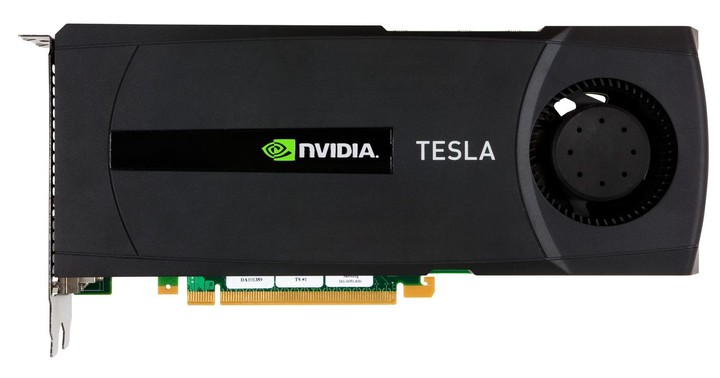Our research group uses a variety of HPC resources and methods. In most cases these are embedded in papers that focus on a scientific question and are published in the astronomical literature. This page highlights a few of the cases when we have described algorithms in more detail.
Julia
My research group has several projects making use of Julia, a modern language designed for high-performance numerical computing. Julia has many advantages compared to C/C++, Fortran, IDL, Java, Matlab, Perl, Python, R, etc. I encourage all astronomers and statisticians to learn about Julia and consider adopting for their futures projects.
N-body Integrators
Planet formation simulations often make use of sophisticated n-body integrators, including geometric and symplectic algorithms. My group collaborated with compute scientists to develop Swarm-NG a GPU-based n-body integrator. While the code hasn’t gained widespread use, the algorithms and parallelization strategies (described in New Astronomy) are likely still of interest for researchers interested in parallelizing n-body codes.
Bayesian Computing
We develop practical tools for performing Bayesian analyses of multiple planet systems, the hierarchical modeling of exoplanet populations, and analyzing time-series of high-resolution Echelle spectra. In some cases, we build our codes so that they can make use of extensive parallelization, including distributed computing and GPU accelerators.
ICDS-ACI & CyberLAMP
My research group includes several users of Penn State’s Advanced CyberInfrastructure operated by ICDS-ACI. We group also uses CyberLAMP, a hybrid cluster that includes multi-core CPU nodes, 101 GPUs (NVIDIA P100) and 12 Intel Phis (Knights Landing).
